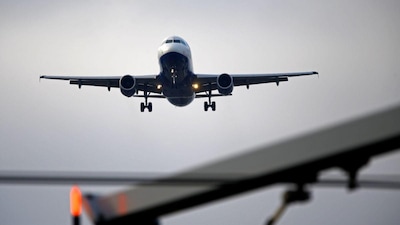The Indian rupee’s steep decline, which recently hit a record low of 86.04 against the US dollar on January 10, is significantly impacting the aviation industry. For Air India, whose cost structure heavily depends on dollar-denominated expenses, the weak currency presents a tough challenge.
How does weaker rupee hit costs?
A weak rupee drives up operational costs, including aircraft leases, maintenance, and fuel, all of which are predominantly paid in US dollars. For Air India, a subsidiary of the Tata Group, the challenge is compounded as it operates 1,168 daily flights, including 313 international services. The international flights are split into 244 short-haul and 69 long-haul routes.
“Falling rupee does put pressure on our cost structure because most of our costs, except manpower, are dollarised,” Air India’s Chief Commercial Officer Nipun Aggarwal said during a media briefing this week. “The more the rupee falls, the greater the impact on our profitability,” he added.
However, strategic pricing for international flights provides some relief, according to Aggarwal.
Natural hedge in international pricing
Despite the rising expenses, Air India benefits from a natural hedge. The airline operates more international flights than many of its competitors, allowing it to price tickets in foreign currencies. “We can pass on some of the cost impact to our customers through international fares priced in dollars or other currencies,” Aggarwal said.
Still, not all international costs are offset by foreign-currency pricing. “Even with this hedge, our profitability takes a hit and the pressure on fares persists,” Aggarwal noted.
Aggarwal further said that raising ticket prices to offset costs is not straightforward due to the competitive and price-sensitive nature of the aviation industry. “We need to fill our aircraft and if we had substantial pricing power, the airline industry’s profitability wouldn’t be as low as it is today,” he said.
The International Air Transport Association (IATA) projects global airline industry net profits of $36.6 billion in 2025, translating to an average net profit of $7 per passenger — a slim margin that points to the financial challenges faced by the aviation industry.
Aggarwal also pointed out that the rupee has been depreciating by 2–3% annually over many years, forcing industries, including aviation, to adapt. “We are not unique in this respect. We will deal with it and are confident it is not an insurmountable issue,” he said.




